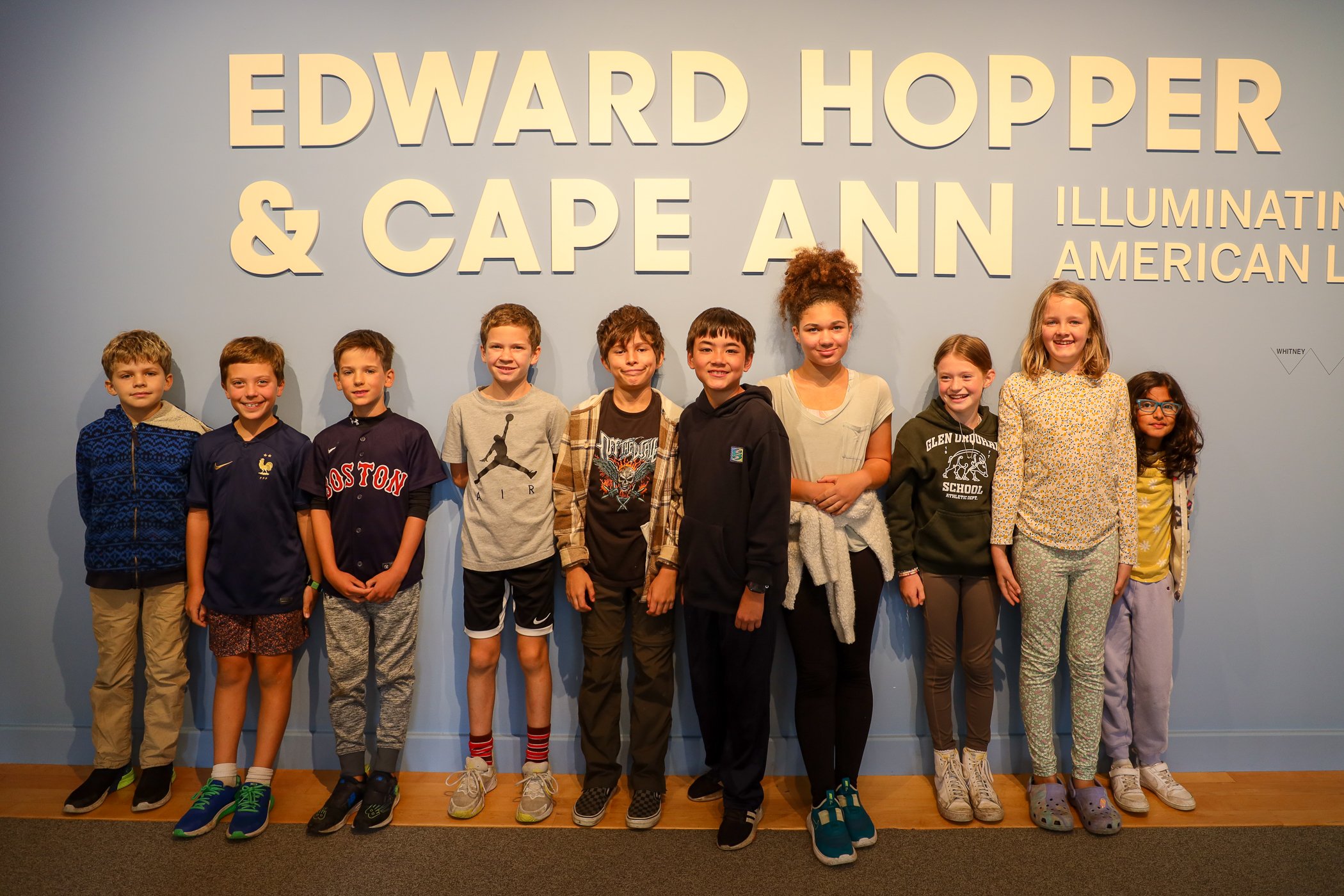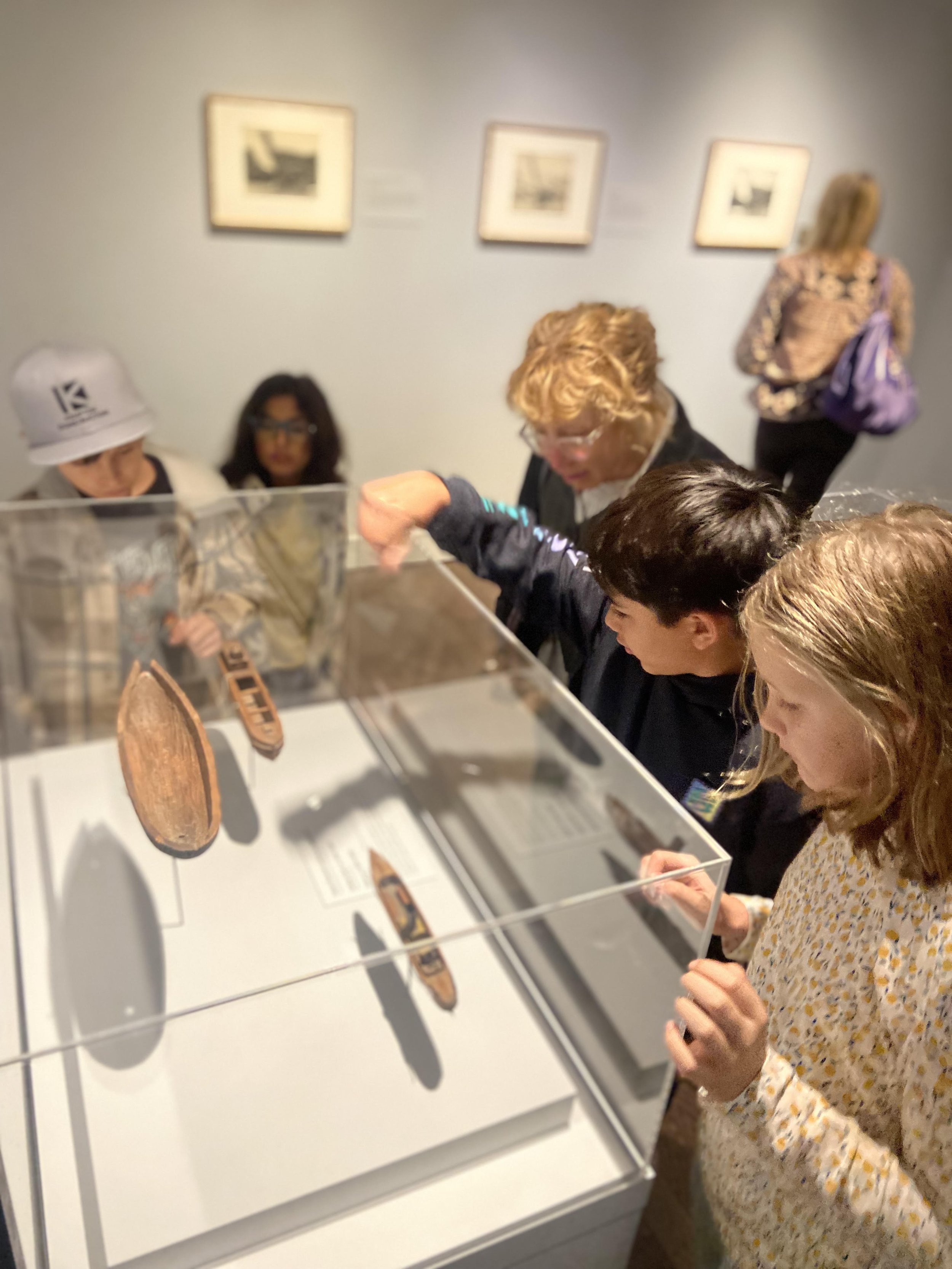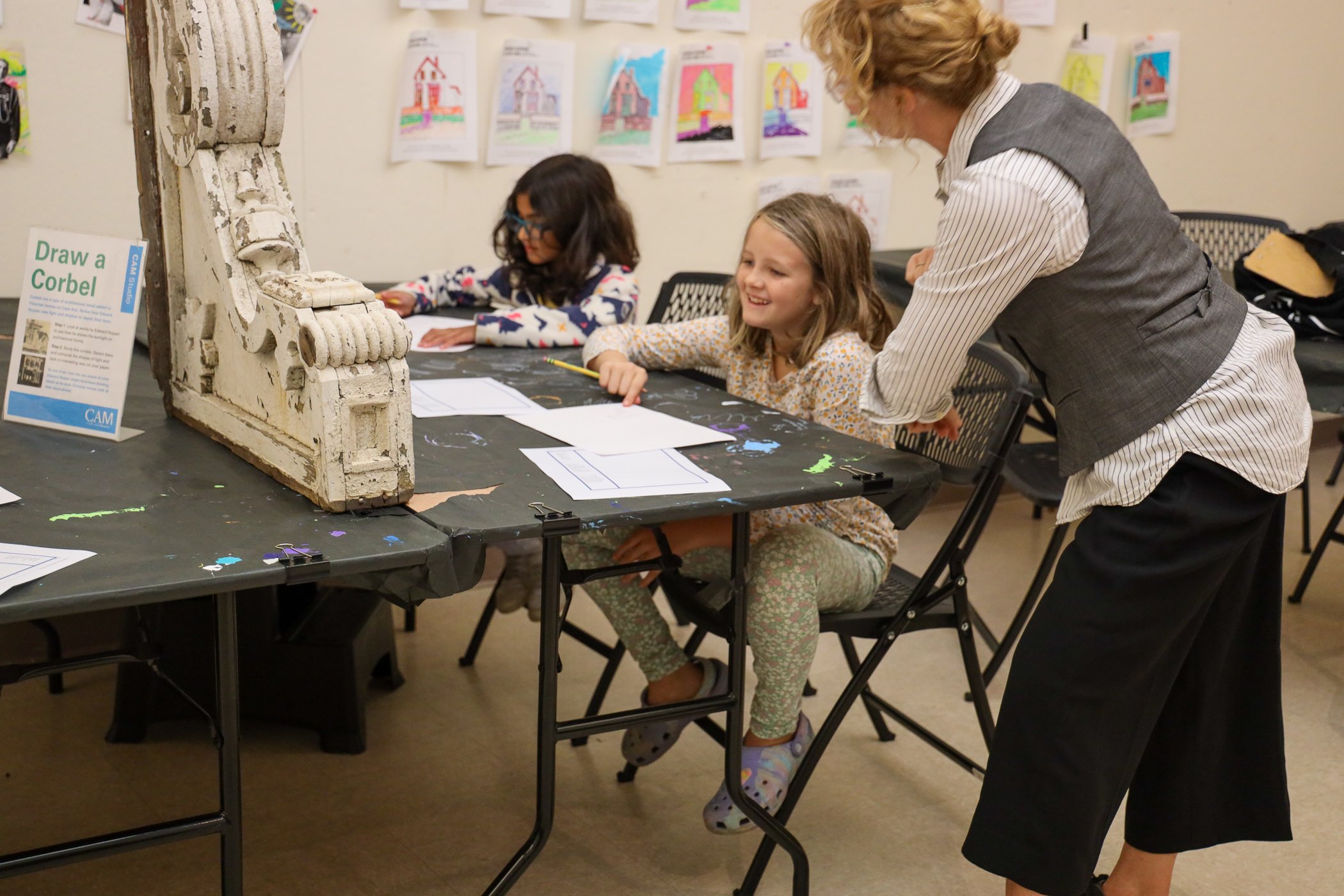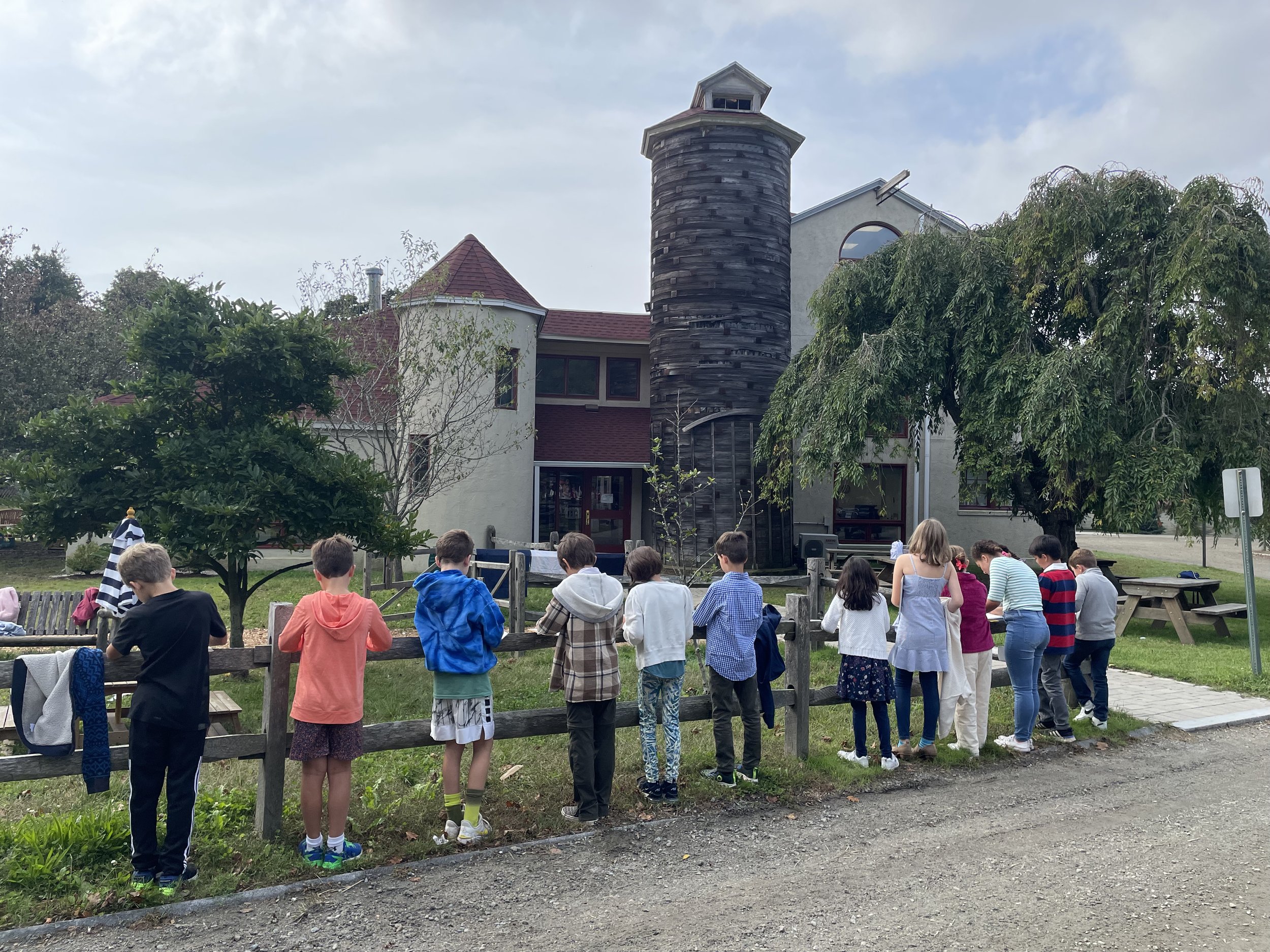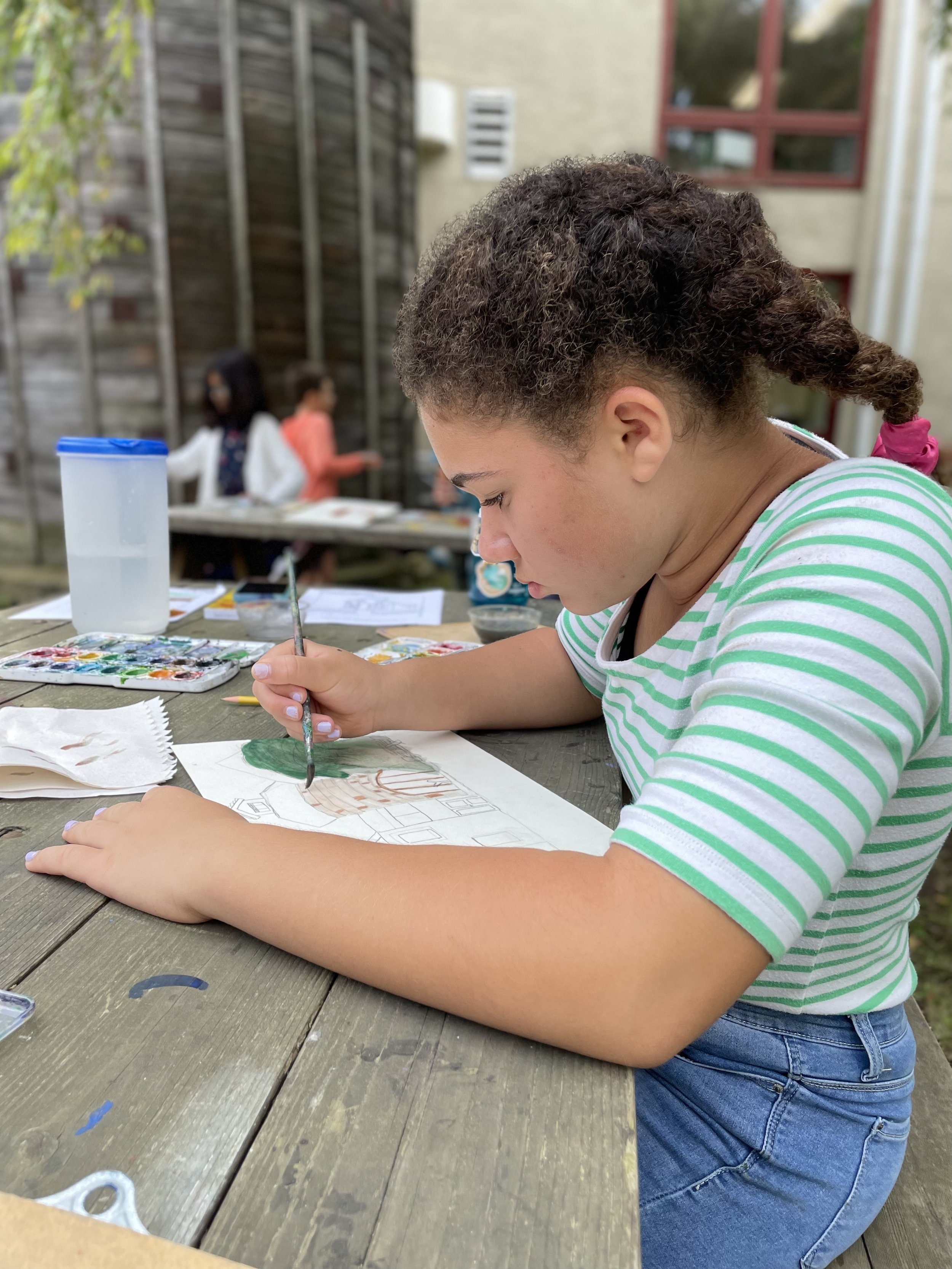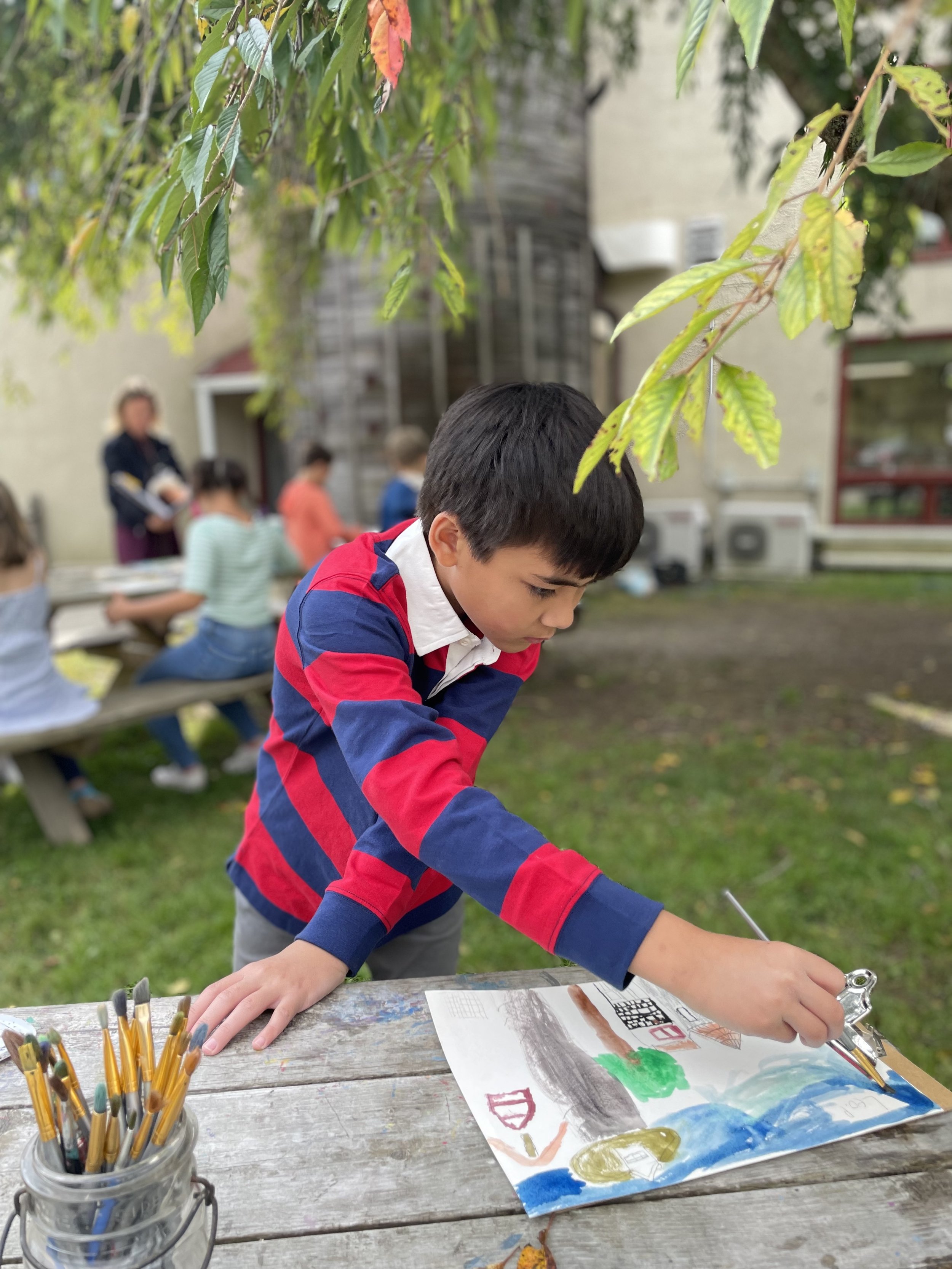Learning Together by the Sea
GUS Fourth Grade + the Cape Ann Museum
The collaboration between Glen Urquhart School and the Cape Ann Museum has been growing and thriving for years. A natural alignment between the fourth grade theme, the sea, and the museum originally led to annual trips to learn about the fishing industry on Cape Ann. However, in recent years, the partnership has grown in many ways, allowing students to enhance their learning in the visual arts, social studies, persuasive writing, and speaking. Opportunities for place-based, experiential learning abound!
Fourth grade was excited to launch another year of partnership with the Cape Ann Museum this fall with a trip to see the incredibly popular Edward Hopper and Cape Ann exhibit. The trip allowed students to see how a famous artist like Hopper can practice their craft for years, circling back to the same subject, with newly honed skills that improve their final product. Inspired by Hopper’s technique and persistence, fourth graders returned to campus and practiced using watercolor and pencil to create intricate renditions of the lower school building en plein air. A fourth grader reflected on what he had learned from Hopper’s style of watercolor painting, “…usually we are encouraged to paint in all the white space in our work, but Edward Hopper left space blank on purpose—like the sand at the beach. Now I can try this too!”
In February, after they have completed an extensive project-based unit about New England Lighthouses, they will return for another trip to see the first order Fresnel lens originally installed on Thacher Island, now on display at the museum. This beautiful piece of cutting-edge 18th-century technology literally takes up an entire room at the museum. Fourth graders will see the lens in person after learning about the science, history, and importance of the Fresnel lens. Many past students have felt a personal connection to the beacon as many of the lighthouses they research and build models of as part of the Lighthouse Project were originally built with one such lens installed. As the class rounds the corner and first sees the lens, the excitement feels like they might be coming face-to-face with a movie star! Then they settle in to carefully sketch the intricate lens and then hear about the harrowing local tale of Howard Blackburn. This visit truly feels like a capstone to the project, which takes place over several months.
In the spring, they will return to the museum to launch an English language arts and social studies unit about the Gloucester Sea Serpent. This unit was launched in 2019 and partially funded by a summer Tadler Grant. During the trip, fourth graders will visit the museum archives and learn how to handle and gather research from primary sources. Students will gather eyewitness accounts from Gloucester citizens in 1817 who saw the phenomenon of a giant sea serpent firsthand and will create a timeline of when sightings took place. On the ride home, the GUS van stops at the Gloucester Fisherman’s Memorial for a chance to spot a serpent’s tail on the harbor. Back in the classroom, students use skills learned on the trip in writing and reading class to craft a persuasive essay, using evidence to back up their thesis, to argue – was the serpent real or imagined? The most exciting day of this unit is the classroom debate when students make their case in front of the class:
“My last reason why the Gloucester Sea Serpent is real is so many people testified some might’ve lied, but not more than 40 people…This makes me realize that the Gloucester Sea Serpent is real, and it may still be roaming the seas of today.”
“I take the position that the Gloucester Sea Serpent is a myth. I think that the serpent exists but it is not a serpent. So I believe that the “serpent” was actually a giant eel or an oarfish or something. My evidence is that a lot of people saw it so something has to be there. But a lot of the people who saw it were pretty far from the shore so they probably couldn't see that clearly whether it was a serpent or something else.”
Last year fourth graders also had the chance to visit the studio of local artist Chris Williams, who created the copper rendition of the serpent just outside the entrance to the museum.
We are so grateful to have a partnership with CAM to help us enrich our curriculum and engage students in their learning! Fourth graders deepen their understanding and broaden their academic skills through experiential learning and thematic study. Every time we visit, we feel inspired as a class to try something new. During the pandemic school year, the CAM opened its doors early for us to allow an indoor field trip. We’ve even been lucky enough to have grandparents of our students act as docents! We look forward to more collaborative work with their team. In the same way that an artist can return to the same subject over and over, we hope to keep coming back with fresh perspectives about how to keep the fourth grade curriculum place-based and engaging.

